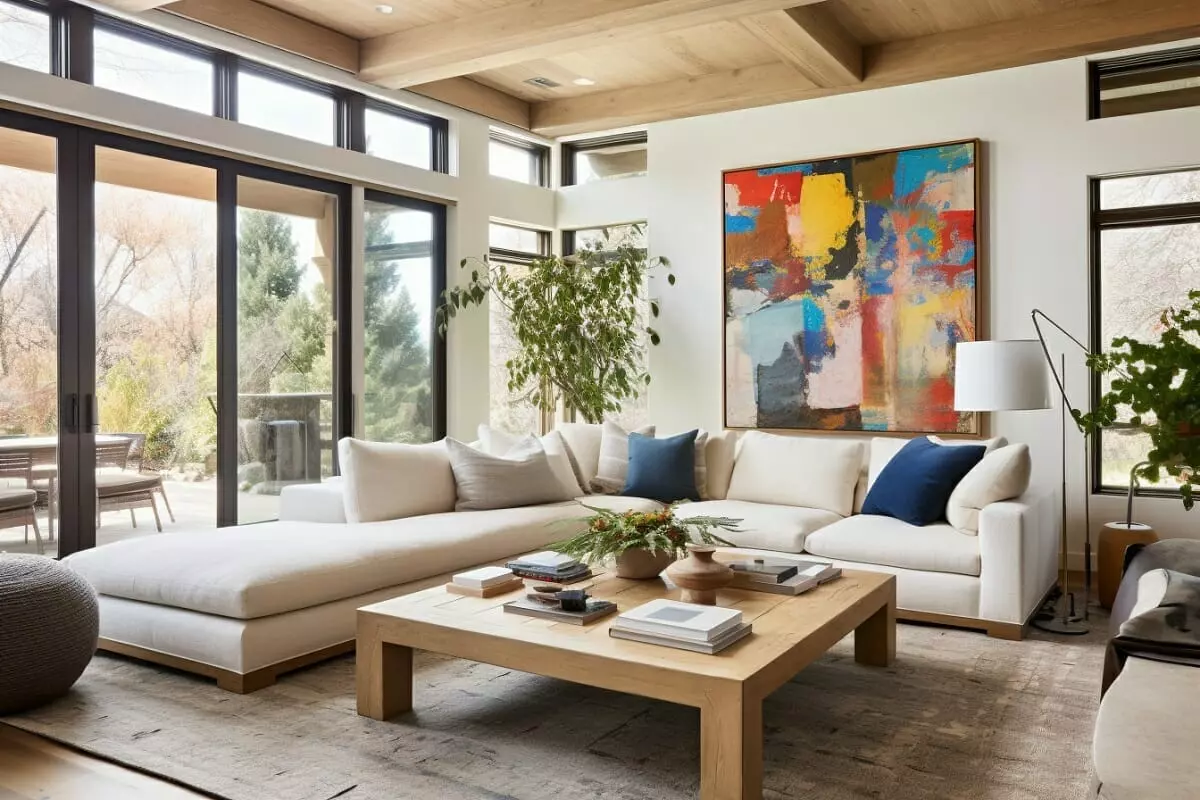
The secret to an exceptional interior goes beyond talent and a good eye. It lies in the interweaving of know-how and the use of interior design elements to create a magical space. Understanding the core of interior design is the key to getting one step closer to making your home beautiful.
What are the 7 Elements of Interior Design?
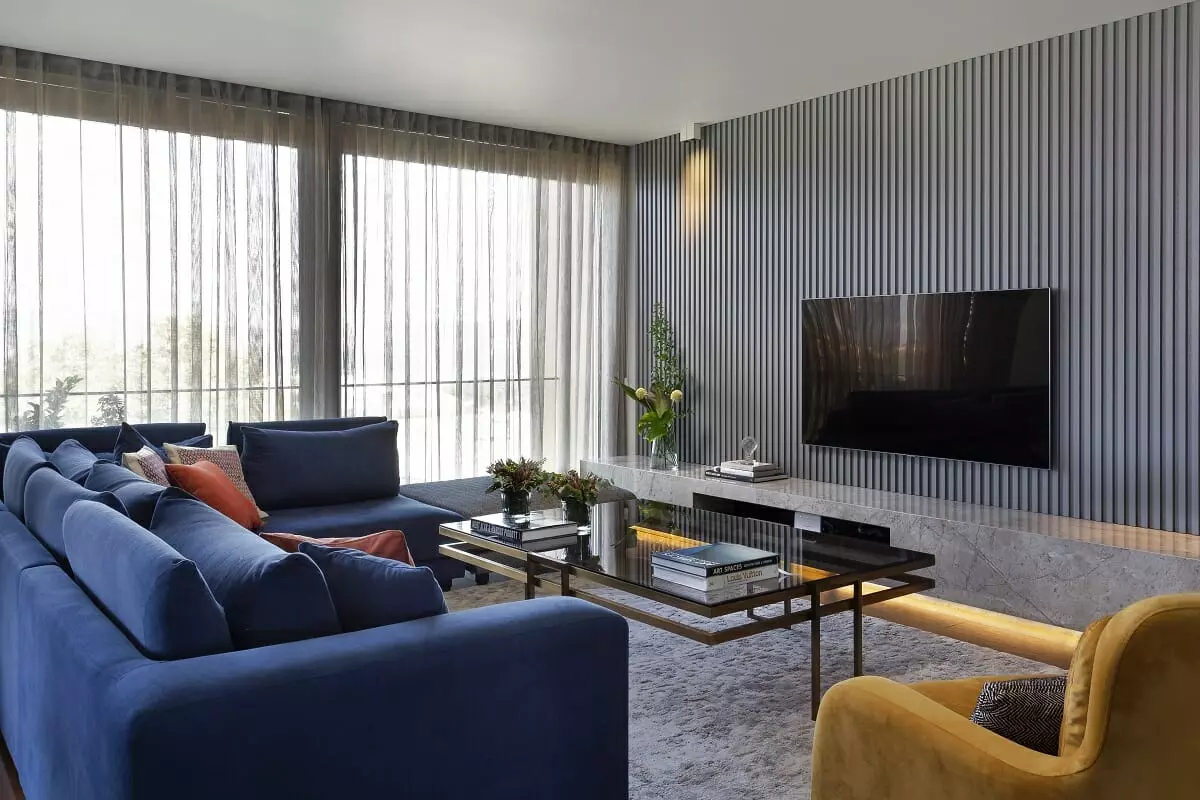 Visual texture in an interior design by Decorilla designer, Meric S.
Visual texture in an interior design by Decorilla designer, Meric S.
Interior design elements are the building blocks of interior design principles. Whether it's texture, line, or shape and form, these aspects are the physical parts that make up a room's whole. But before delving into these crucial elements, it's important to understand the principles that guide a good arrangement.
Basic Interior Design Principles
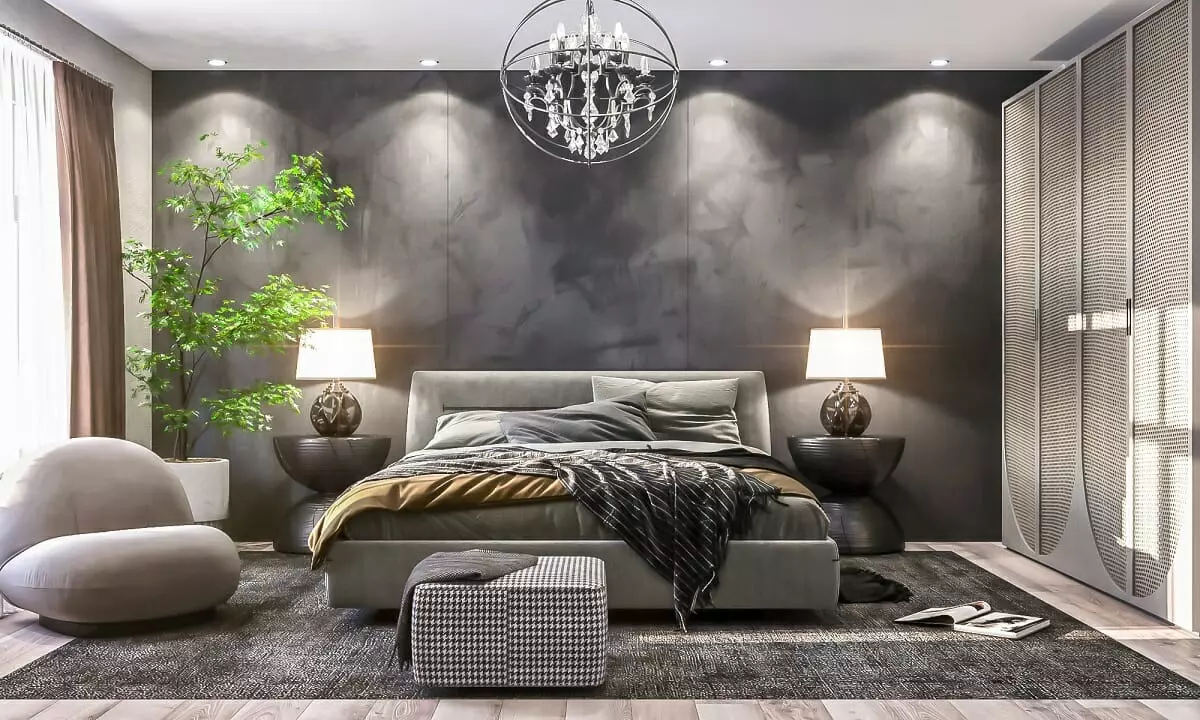 Interior design elements in harmony by Decorilla designer, Raneem K.
Interior design elements in harmony by Decorilla designer, Raneem K.
Before considering shape and form, it's essential to be mindful of the principles of interior design that guide a good composition. While the elements refer to the physical aspects, the principles provide practical ways to create a pleasing space.
The core interior design principles include:
- Balance: It refers to the arrangement of objects in a setting. A balanced space feels good, while an unbalanced room is uncomfortable.
- Repetition: It creates rhythm and lets the eye easily flow from one corner to the next through the repetition of visual elements.
- Emphasis: It highlights a specific aspect in a design, bringing magnetism and centering the arrangement. Contrast can aid in creating emphasis.
- Proportion and scale: It defines the size of each object relative to others and influences how we interpret a room. It also relates to negative and positive space in interior design.
- Unity: It occurs when similar and complementing elements connect to show the interior's style, function, and ambiance. Harmony, the ultimate goal in interior design, brings about a sense that everything in the room belongs together.
A Closer Look at Interior Design Elements
 Interior design elements in a contemporary apartment by Decorilla designer, Cayetana S.
Interior design elements in a contemporary apartment by Decorilla designer, Cayetana S.
To truly understand what interior design is, we need to uncover its base layers: the interior design elements that make up the whole. These physical aspects, along with their guiding principles, are essential for creating a beautiful and functional interior.
Without further ado, here are the crucial 7 elements of interior design:
1. Texture in Interior Design
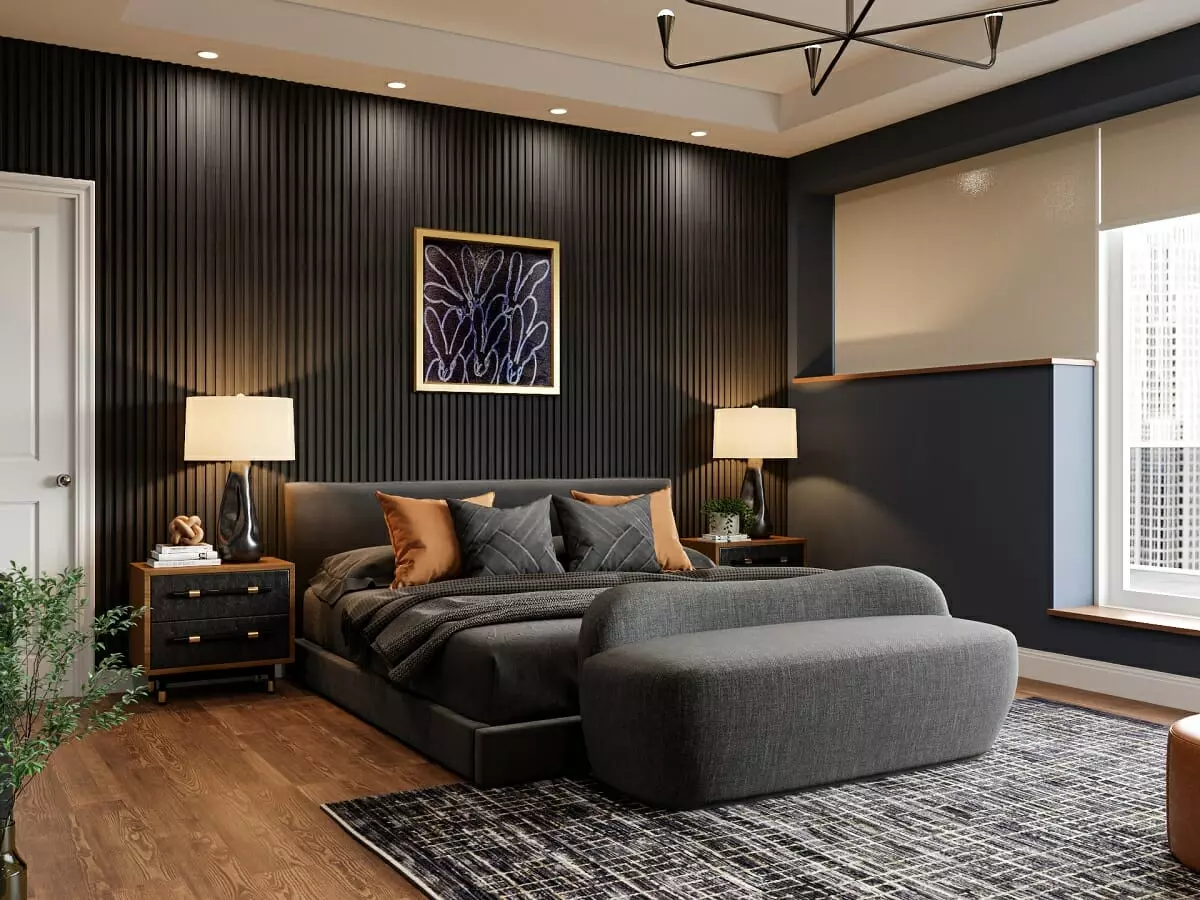 Visual texture in interior design by Decorilla designer, Ibrahim H.
Visual texture in interior design by Decorilla designer, Ibrahim H.
Texture in interior design refers to the sensory quality of every surface. It can be rough or shiny, smooth or textured. Contrast, style, and sound absorption are some of the aspects influenced by texture.
2. Line in Interior Design
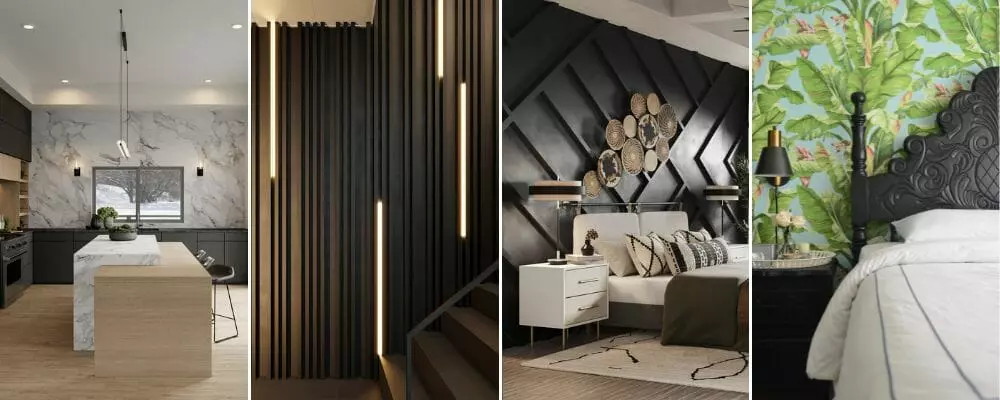 Modern horizontal and diagonal line in interior design by Decorilla designer, Basma A.
Modern horizontal and diagonal line in interior design by Decorilla designer, Basma A.
Lines provide direction, distinction, and structure in an interior design. Straight and curved lines, along with their variations, impact the mood of a room and enhance its visual appeal.
3. Light in Interior Design
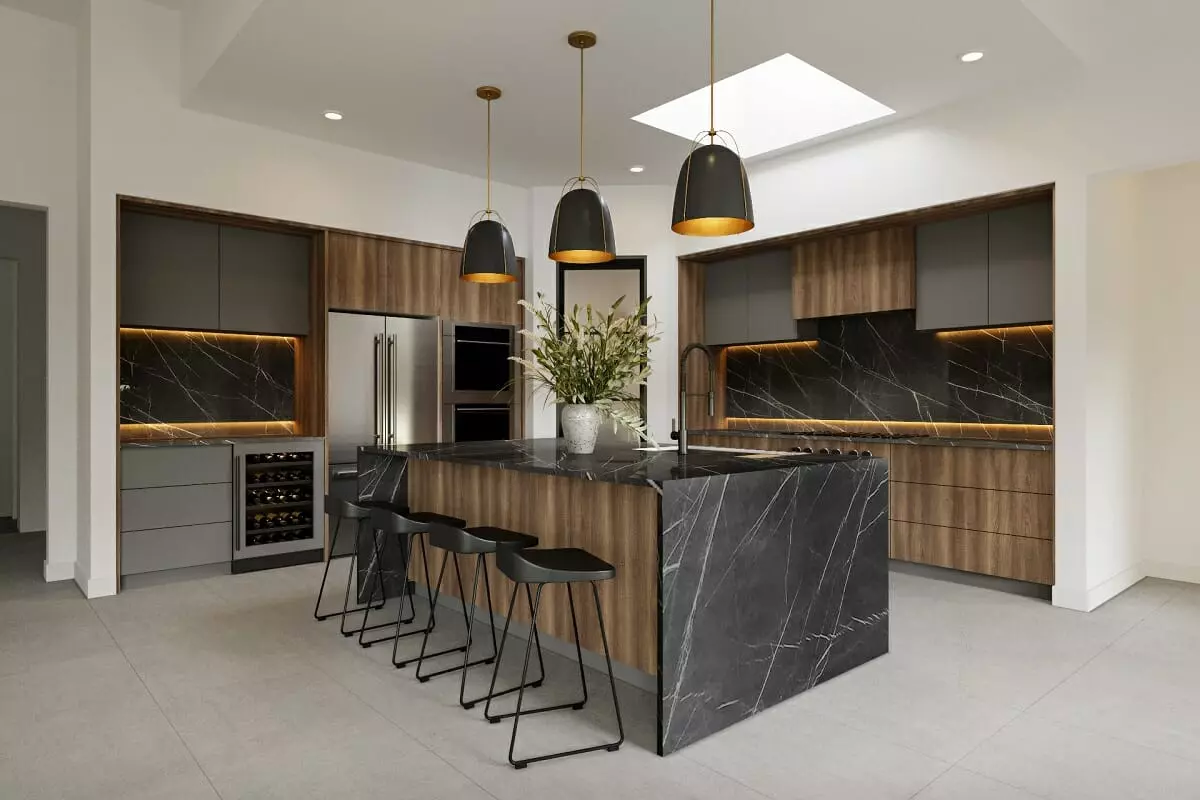 Negative and positive space in interior design by Decorilla designer, Drew F.
Negative and positive space in interior design by Decorilla designer, Drew F.
Light is a crucial element that transforms the look and feel of a space. Natural and artificial light sources can be strategically used to create a balanced and inviting atmosphere.
4. Space in Interior Design
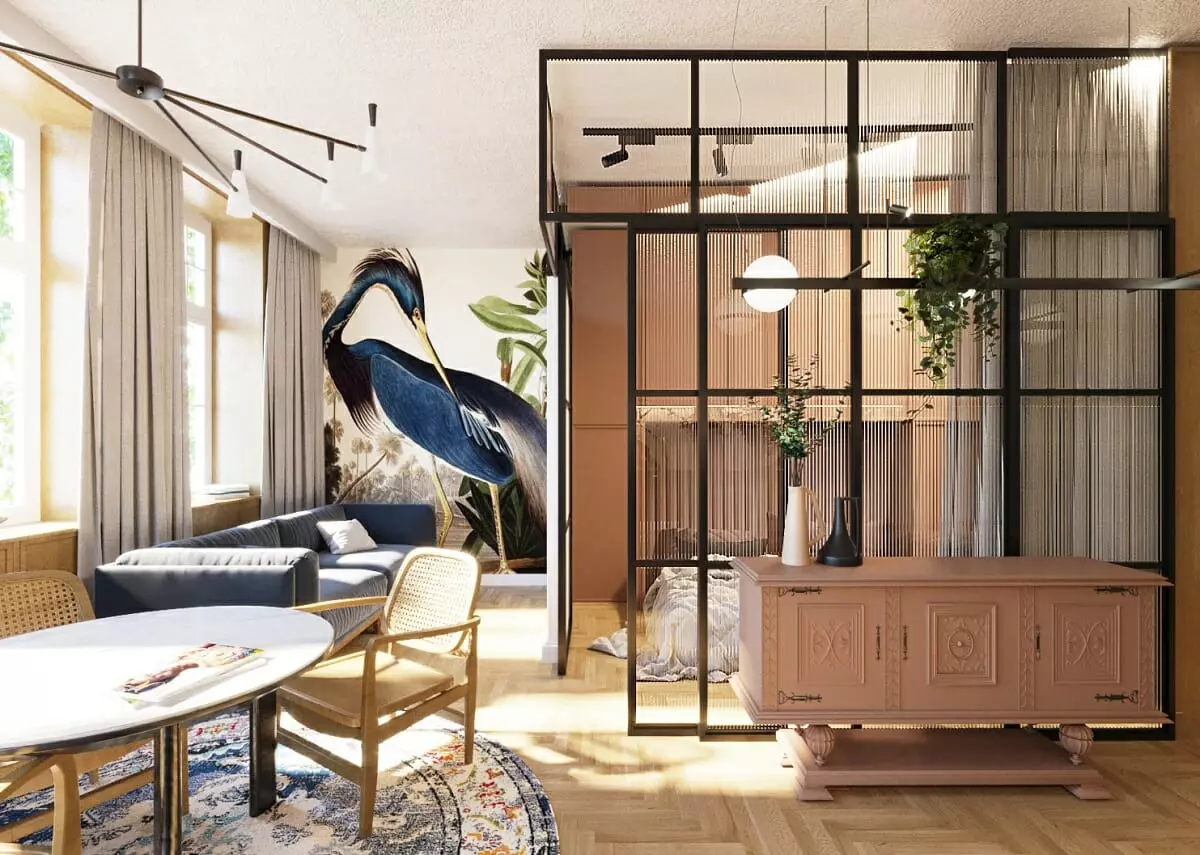 Light elements in an interior design by Decorilla designer, Kristina B.
Light elements in an interior design by Decorilla designer, Kristina B.
Space refers to the area within a set boundary or limit. It includes the dimensions, volume, and shape of a room. Understanding how space feels and how you want it to feel will help you plan your interior design.
5. Form in Interior Design
 Striking shape and form in an interior design by Decorilla designer, Vida N.
Striking shape and form in an interior design by Decorilla designer, Vida N.
Form and shape are created when lines enclose a space. The structure of a room and complementary forms are significant in defining the style and overall composition of an interior.
6. Color in Interior Design
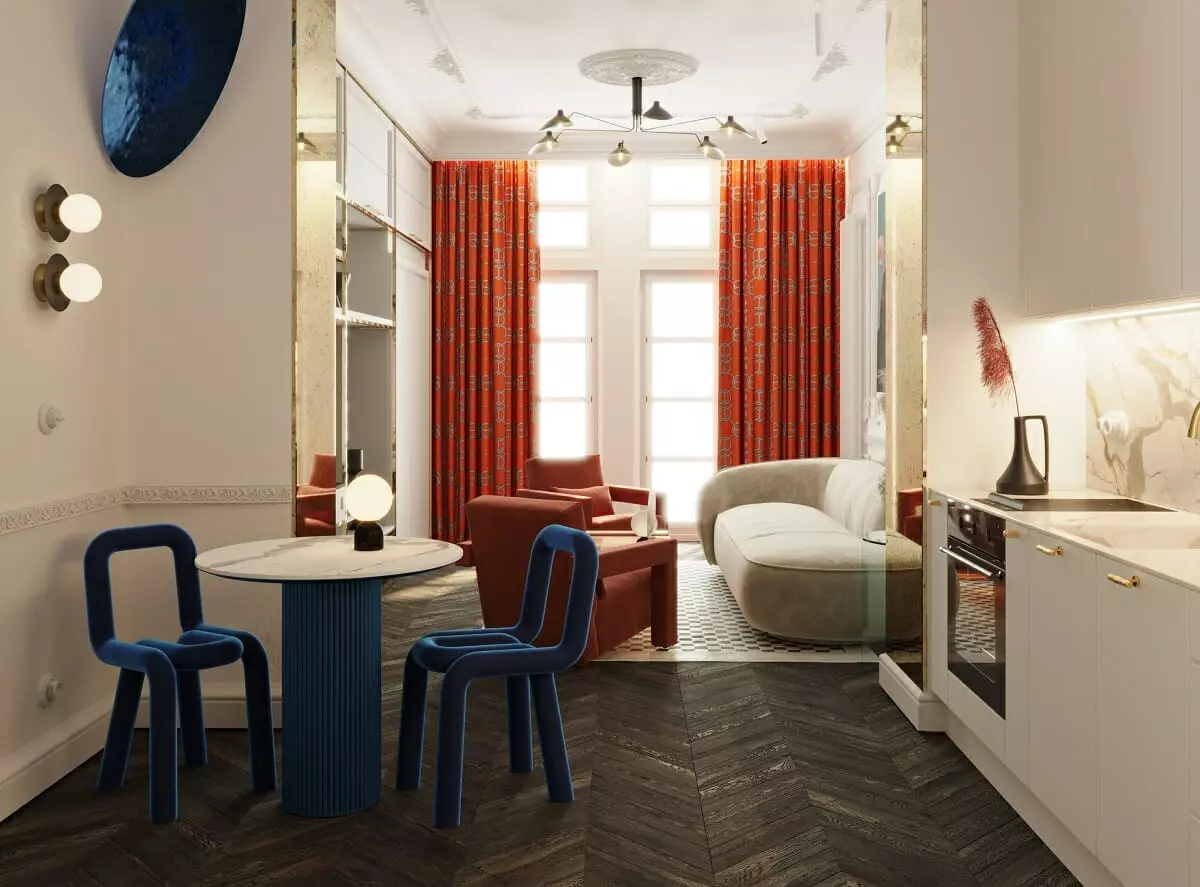 Color among the top interior design elements by Decorilla designer, Kristina B.
Color among the top interior design elements by Decorilla designer, Kristina B.
Color has a significant impact on how we perceive a space. It can evoke emotions, portray character, and influence the perceived negative and positive space in interior design. Choose colors that align with your desired atmosphere.
7. Pattern in Interior Design
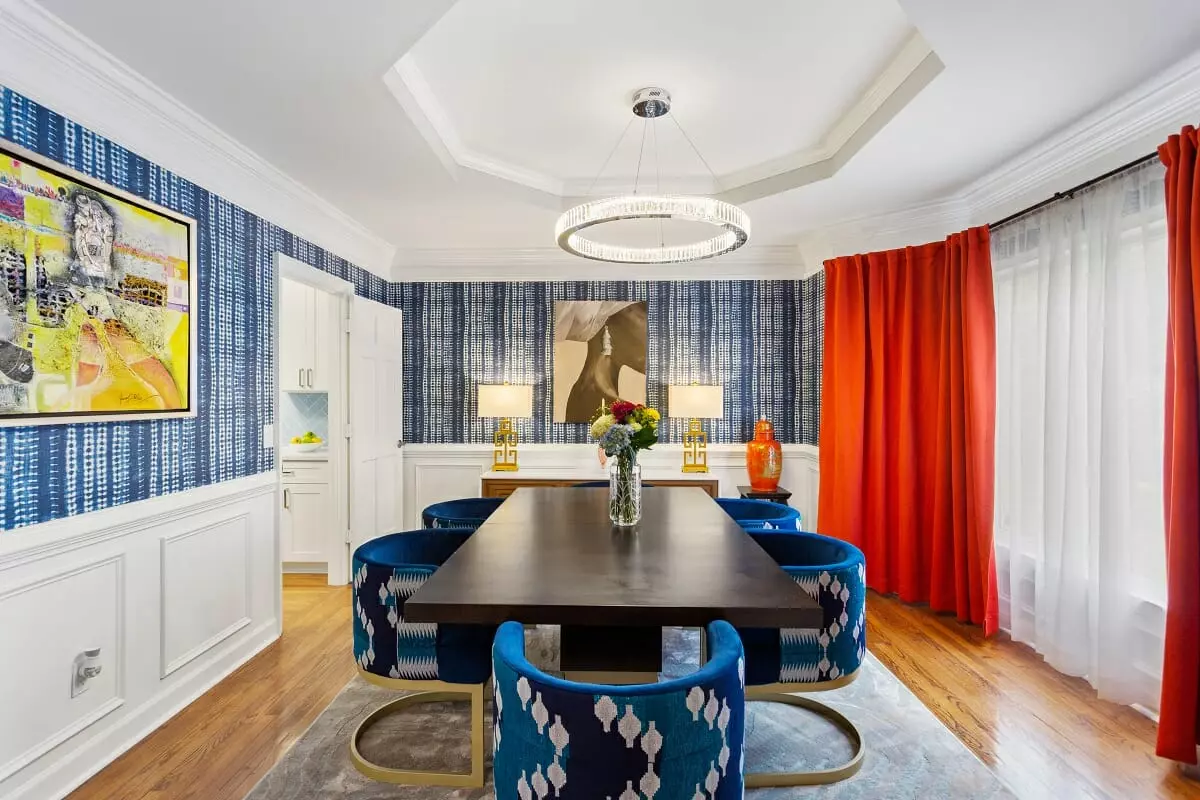 Visual texture and pattern in an interior design by Decorilla designer, Sierra G.
Visual texture and pattern in an interior design by Decorilla designer, Sierra G.
Patterns add dimension and interest to surfaces. They can strengthen a specific design style or theme, and their repetition creates visual harmony. Experiment with different patterns to create a unique and captivating interior.
Make the Interior Design Elements Work for You

Harnessing the power of these 7 interior design elements can transform your home. If you're looking to create the perfect combination, let a vetted interior designer guide you. Schedule a Free Interior Design Consultation and embark on an exciting journey to enhance your home's design.
[Images: 1, 2, 3, 4, 5, 6, 7, 8, 9, 10, 11, 12, 13, 14, 15, 16, 17, 18, 19, 20, 21, 22, 23]









